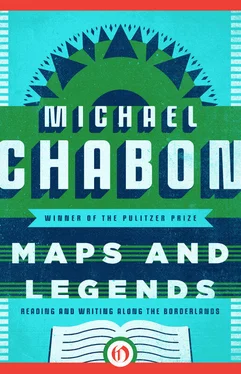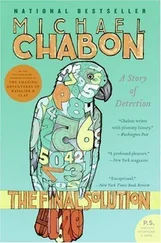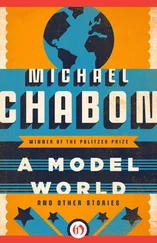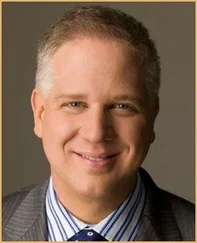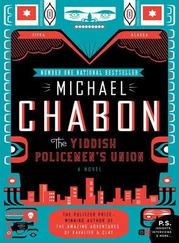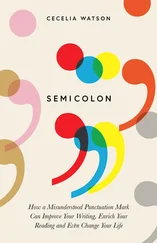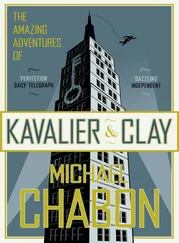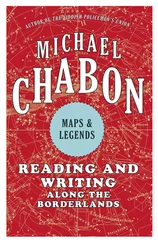Writing Fountain City, on the other hand, was mostly no fun at all. Where Mysteries had been a kind of Drake’s voyage, a wild jaunt in a trim ship to make marvelous discoveries and conduct raucous pirate raids on the great ports of American literature, Fountain City was more like the journey of Lewis and Clark, a long, often dismal tramp through a vast terrain in pursuit of a grand but fundamentally mistaken prize. Mosquitoes, sweltering heat, grave doubts, flawed maps — and, in my case, no Pacific Ocean at the end.
What was it about? This, unfortunately, is what I could never quite figure out — the great river of the West my large, well-equipped expedition never managed to find. It was a novel about utopian dreamers, ecological activists, an Israeli spy, a gargantuan Florida real estate deal, the education of an architect, the perfect baseball park, Paris, French cooking, and the crazy and ongoing dream of rebuilding the Great Temple in Jerusalem. It was about loss — lost paradises, lost cities, the loss of the Temple, the loss of a brother to AIDS; and the concomitant dream of Restoration or Rebuilding. It was also, naturally, a love story, an account of a love affair between a young American and a Parisian woman ten years his senior. The action was divided between Paris and the fictitious town of Fountain City, Florida. But I could never get those two halves to stick together convincingly, and I knew just enough about most of the above-mentioned subjects to be able to persuade the reader that they didn’t all belong in the same book together.
So, at the beginning of 1993, after sixty-two months of more or less steady work and four drafts, each longer than the previous one, I dumped it. I didn’t tell anyone, not even my wife, Ayelet, though unwittingly she provided the impetus that led me to leave that long-ago ache of architectural longing forever unexplained. We were living in San Francisco at the time, where Ayelet, then a practicing lawyer, was working as a clerk for a federal judge. She was due to take the California bar exam in July of that year, but one morning in January she. announced that she didn’t want to wait that long, and that, if I had no objection, she planned to register for the exam that was being given at the end of February — six weeks away. She felt she could be ready by then.
This came at the absolute lowest point in my years of work on Fountain City. Every night I went down to my computer in the room under our house on Twenty-Ninth Street and sat for hours, staring at the monitor, dreaming about all the other wonderful books I could have written in the last five years. On the day my wife told me she was going to be largely unavailable for the next six weeks, I went down to my office and found myself, inexplicably, imagining a scene. A straight-laced, troubled young man with a tendency toward melodrama was standing on a backyard lawn at night, holding a tiny winking Derringer to his temple, while on the porch of the nearby house a shaggy, pot-smoking, much older man, who had far more reason to want to die, watched him and tried to decide if what he was seeing was real or not. That was all I had, and yet it was so much more than I had started Fountain City with. I opened a new file and called it X. I started to write, and quickly found the voice of that shaggy old watcher in the shadows.
The first fifty pages wrote themselves in a matter of days. I said nothing to Ayelet or anyone else, but privately I had decided that I would take these six weeks of relative solitude and give this new thing, still in a file called X, a chance to grow. If nothing came of it, I would go back to Fountain City, having wasted only a month and half. What was a month and a half out of five years?
The new book seemed to want to take place in Pittsburgh, and thus, in my basement room, I returned to the true fountain city, the mysterious source of so many of my ideas. I didn’t stop to think about what I was doing, whom it would interest, what my publisher and the critics would think of it, and, sweetest of all, I didn’t give a single thought to what I was trying to say. I just wrote. I had characters. I had their story to tell. And, most important, I had the voice to tell it with. Six weeks later, after Ayelet had taken the bar exam, I took a deep breath and told her that while in all that time I’d done nothing to solve the problems of Fountain City, I did have 117 pages of a novel called Wonder Boys. She paled, then gave me her blessing. At the end of May, when she learned that she had passed the exam, I was two-thirds of the way finished with the first draft.
The hardest part of writing a novel is the contemplation of the distance to the end; and the hardest part of those five years I gave to Fountain City was that every time I contemplated that distance, it was never any shorter; or rather, no matter how close I came to it, I could never seem to arrive. There is no joy like the joy of finishing. “Harry finished the model of Fountain Field,” I wrote of my apprentice architect in Fountain City, who is assigned to the building of a presentation model for a proposed ballpark,
with a week to spare, at three o’clock in the morning. He took off his shirt and whirled it over his head like a lariat, assumed a soul-transporting Jackie Wilson falsetto, and switched from plain old skipping to the cool cool jerk. He jerked past closed office doors, slap, slap, slapping them with his bullwhip shirt. He cool-jerked into the foyer, made a reckless circuit of the receptionist’s desk, banked steeply, and then set off across the drawing room once more. He played the drum solo from “Wipeout” on the drafting tables.
I wrote that passage somewhere in the middle of the fourth year of that expedition, and you can see how thirsty I was. It almost makes me feel sorry for myself, this pathetic attempt to give myself a kind of false taste, four years in, of the sweet nectar of completion. But then I remind myself that if only I’d had more courage, I would have dumped Fountain City years before I ever reached this lamentable state. I would not have given a thought to the money I had already accepted, to the second-novel-savaging critics I imagined I was going to have to face, to the readers, however few or many of them there might be, who were expecting me to take them someplace worth going.
Six weeks after Ayelet passed the bar, I mailed the completed manuscript of a decent first draft of Wonder Boys to Mary Evans, my agent. Then I called her up and told her that I had finally finished my second novel. She said she was pleased, but I thought I could hear a faint note of weariness or wariness enter her voice at the thought of reading yet another interminable draft of Fountain City.
“There’s just one thing you probably should know,” I told her, and then, as I started to cool-jerk my way across my living room, I gave her the welcome news.
THE BEST KNOWN — SHAPED from the clay of the River Moldau, by Rabbi Judah of Prague, to be a servant or protector of the ghetto — is the most dubious, having largely been devised and popularized by a series of novelists and filmmakers over the past hundred or so years. The most ancient is Adam, the original lump of earth into which, on the sixth day of creation, the inspiration of the Divine Name was breathed. But the story of the golem has a hundred variants, from the clay calf that was summoned to life and promptly eaten by two hungry rabbis, Hanina and Oshaya, in Babylonia two thousand years ago to such refinements as Frankenstein’s golem of quilted corpses and Gepetto’s wooden son. As I worked on my novel The Amazing Adventures of Kavalier & Clay, I discovered that its plot would require the famous Golem of Prague to play a small but crucial role. Once this surprising fact had become apparent to me, I went looking for information on golems, and found an insight into the nature of novel-writing itself.
Читать дальше
Конец ознакомительного отрывка
Купить книгу
